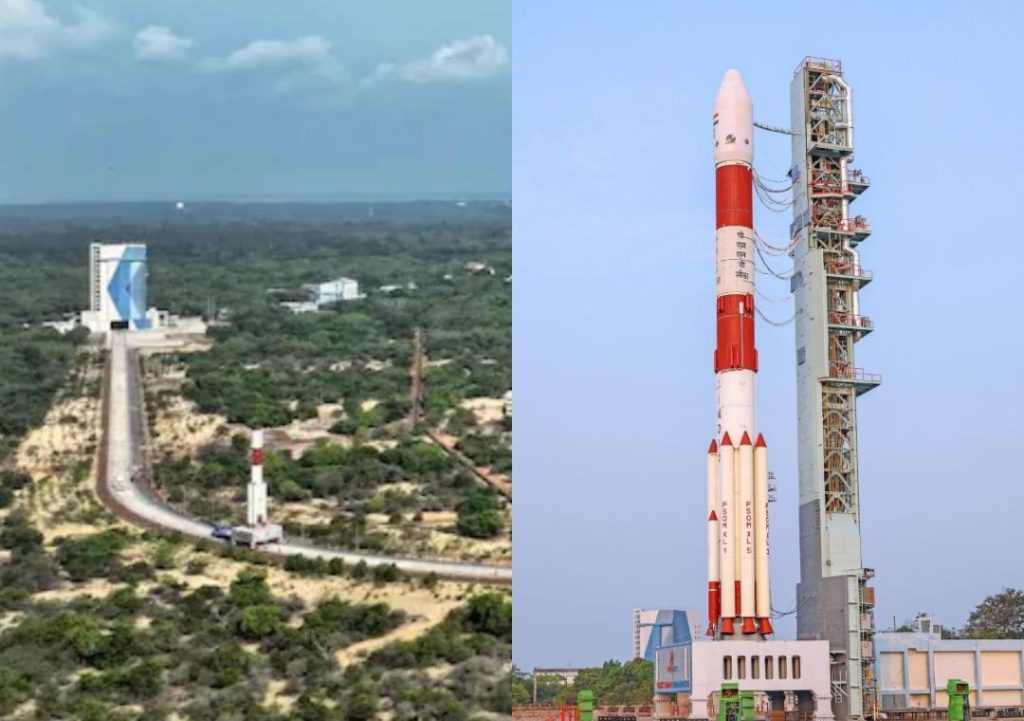
ISRO to Launch Satellite to Boost Night-time Surveillance Capabilities Tomorrow
In a significant development, the Indian Space Research Organisation (ISRO) is set to launch its EOS-09 satellite aboard PSLV-C6 from the Satish Dhawan Space Centre on Sunday. The mission, which is scheduled to lift off at 5:59 am IST, will mark the 101st mission of ISRO’s space programme. The EOS-09 satellite is designed to provide continuous and reliable remote sensing data for operational applications across various sectors, and is expected to significantly boost India’s night-time surveillance capabilities.
According to ISRO, the EOS-09 satellite is equipped with a high-resolution camera that will be capable of capturing images with a spatial resolution of up to 1 meter. This will enable it to provide detailed information on the ground, including infrastructure, buildings, and vehicles, even in low-light conditions. The satellite’s advanced imaging capabilities will be particularly useful for surveillance applications, such as monitoring borders, tracking natural disasters, and providing critical information to emergency responders.
The EOS-09 satellite is part of ISRO’s Remote Sensing programme, which aims to provide critical data to various sectors, including agriculture, forestry, urban planning, and disaster management. The satellite’s data will be used to create high-resolution maps, monitor crop health, track changes in land use, and provide critical information to policymakers.
ISRO’s EOS-09 satellite is also equipped with a high-gain antenna that will enable it to transmit data back to Earth in real-time. This will allow scientists and researchers to access the satellite’s data quickly, and use it to make informed decisions. The satellite’s data will also be made available to the public, allowing researchers and scientists to conduct their own studies and analysis.
The launch of the EOS-09 satellite is a significant milestone for ISRO, which has been rapidly expanding its space programme in recent years. In 2019, ISRO launched its Chandrayaan-2 mission, which included a lunar orbiter, lander, and rover. The mission was designed to study the Moon’s surface and subsurface, and provided valuable insights into the Moon’s composition and geology.
ISRO has also been working on its Gaganyaan programme, which aims to develop a crewed spacecraft capable of carrying Indian astronauts to space. The programme is expected to be completed in the next few years, and will mark a major milestone for India’s space programme.
The launch of the EOS-09 satellite is also significant because it highlights India’s growing capabilities in remote sensing and surveillance technology. The satellite’s advanced imaging capabilities will be useful for a range of applications, including border surveillance, disaster response, and environmental monitoring.
Overall, the launch of the EOS-09 satellite is a major achievement for ISRO, and marks an important milestone in the development of India’s space programme. The satellite’s advanced imaging capabilities will provide critical data to various sectors, and will help India to enhance its night-time surveillance capabilities.






